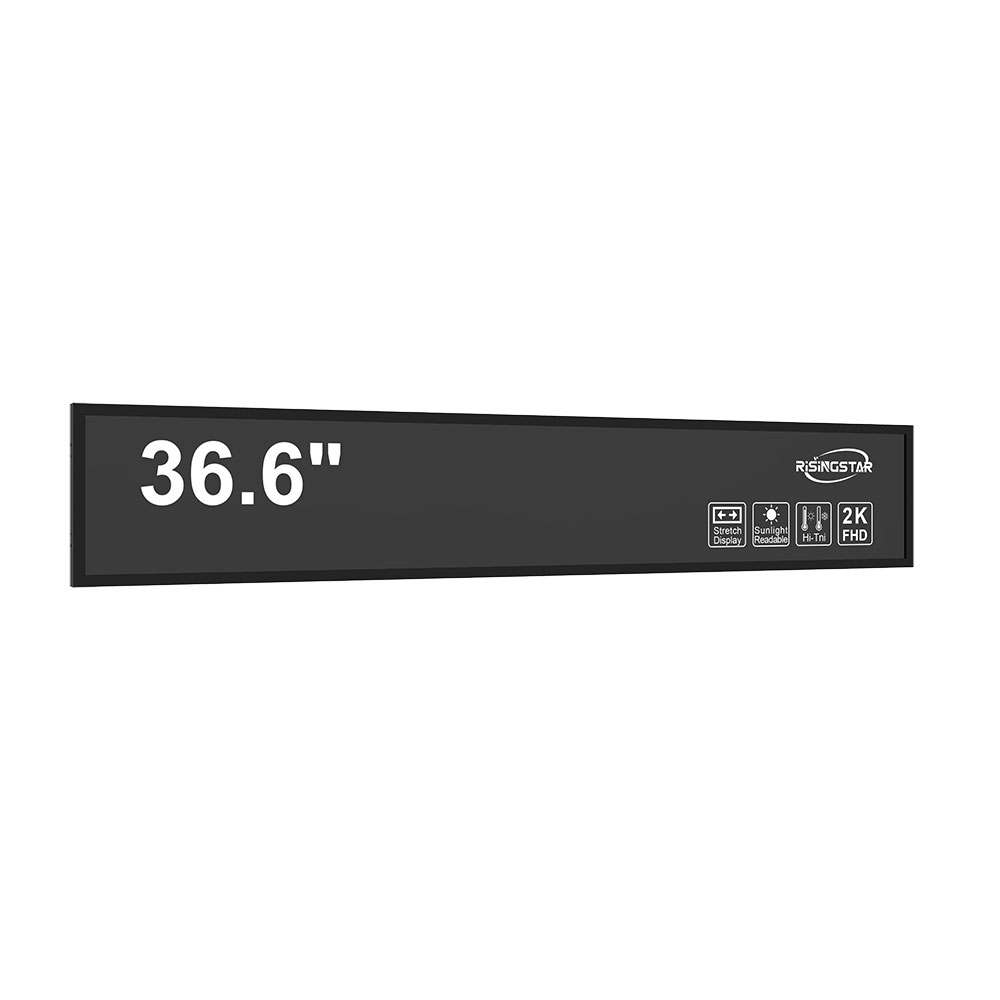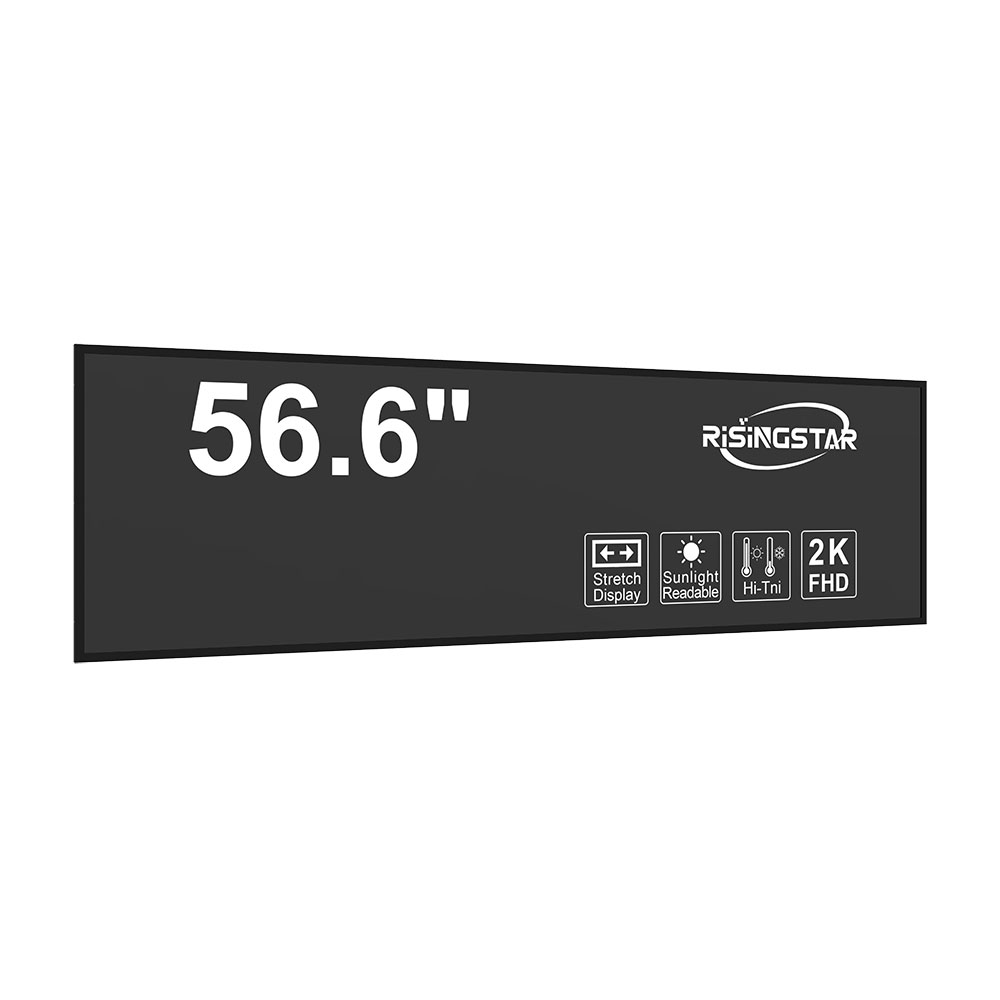- Home
- About Us
- Products
- News
- Video
- Contact
- Send Inquiry
Search
- Home
- About Us
- Products
- News
- Video
- Contact
- Send Inquiry

Selecting the right outdoor high-brightness LCD screen is a critical decision for businesses operating in commercial, industrial, or public environments. These displays must withstand harsh conditions—including direct sunlight, temperature extremes, humidity, and physical impacts—while maintaining optimal performance and visual clarity. According to industry data from Display Daily (2023), over 68% of outdoor digital signage installations fail within five years due to improper selection of display technology or environmental specifications.
First, brightness is the most important factor when evaluating outdoor LCDs. For full daylight visibility, manufacturers recommend a minimum brightness level of 5,000 nits, with premium models reaching up to 10,000 nits. The Society of Information Display (SID) standard for outdoor visibility recommends 3,000–5,000 nits for shaded areas, but 5,000+ nits is essential for unshaded urban or highway locations. For example, a case study by LG Electronics on a fleet management system in Dubai showed that using 7,000-nit panels improved readability by 40% compared to 3,000-nit units during peak sunlight hours.
Second, environmental protection ratings matter significantly. IP65 or higher ingress protection ensures resistance to dust and water jets, crucial for street-level installations or industrial facilities. In a 2022 field test by Samsung Display, an IP67-rated outdoor LCD installed in a coastal shipping port outperformed an IP54 unit by 92% in durability over 12 months under saltwater spray and UV exposure.
Third, thermal management systems are vital. Outdoor screens often face ambient temperatures ranging from -20°C to +60°C. Passive cooling solutions like heat sinks and active fans must be integrated effectively without compromising reliability. A study published in IEEE Transactions on Consumer Electronics (2021) found that screens with dual-stage thermal control—combining passive and active methods—maintained stable operation across a 40°C temperature swing, reducing failure rates by 65%.

Fourth, consider content delivery and remote management. Modern outdoor LCDs should support 4G/5G connectivity, cloud-based content management systems (CMS), and real-time diagnostics. For instance, a retail chain in London deployed BrightSign-powered outdoor screens linked to a central CMS, allowing dynamic updates across 50 sites within minutes—a feature that reduced operational costs by 30%.

Finally, longevity and serviceability must be factored into procurement decisions. Look for screens with modular designs, long-term part availability, and robust warranties (minimum 3 years). According to a report by Grand View Research (2023), businesses investing in high-quality, professionally engineered outdoor displays see a 3x return on investment over ten years compared to low-cost alternatives.
In summary, choosing an outdoor high-brightness LCD requires a holistic approach—evaluating brightness, environmental resilience, thermal design, connectivity, and long-term maintainability. This ensures not only immediate performance but also sustainable ROI in demanding environments worldwide.